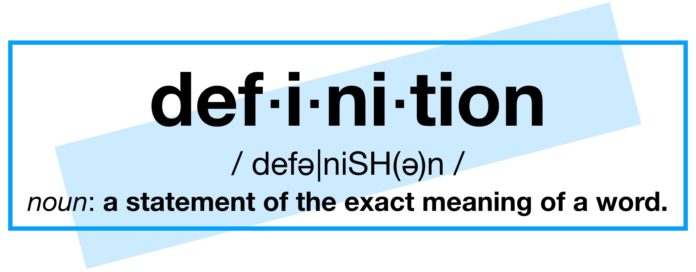Abbreviations
- UI – User Interface
- GUI – Graphical User Interface
- CLI – Command Line Interface
- SDK – Software Development Kit
- IDE – Integrated Developer Environment
- RAD – Rapid Application Development
Executive Summary
This document solidifies and defines the multiple definitions and sub-genres within the Low-Code and No-Code world.
No-Code – A visual software development environment where the user works only within a GUI. There is no programming or CLI involved. The system potentially allows plugins for added functionality.
Low-Code – A visual software development environment using a GUI and/or SDK. In addition to No-Code functionality, the user has the capability to also add programmatic code directly in the environment. The system potentially allows CLI and plugins for added functionality.
Low Code No Code (LCNC) – Low-Code and No-Code as a technology, referring to all or parts of a system.
Pro-Code – Single or multiple systems that are written in pure code, by a programmer in whatever language suits the task best.
Background
Low-Code and No-Code have been around for several years, and the genre was first proposed in the 1982, when James Martin argued in his “Applications Development Without Programmers” book that 4GL technologies (such as RAMIS and FOCUS) “opened up the development environment to a wider population and enable non-programmers to create applications themselves” (Sassi, R.B. (2021). A Brief History Of Low-Code Development. [online] Medium. Available at: https://betterprogramming.pub/low-code-history-b756c095494f). As a response to the Waterfall Model, RAD gained momentum in the 1990s when the concept of visual desktop tools like Visual Basic, Delphi, and Oracle Forms became popular. Low-Code and No-Code gained wider traction in 2016, after a publication by the Forrester Group that made the term Low-Code public.
Since then, Low-Code and No-Code applications have enabled skilled developers to work faster and citizen developers to work on tasks that do not require as much technical knowledge but were previously purely within the remit of developers.
However, the fluidity and misuse of terms and labels describing this technology has caused a lot of confusion. In specific:
- Formal definitions of the differences between Low-Code and No-Code are sparse and no two people describe them in the same way.
- Two other terms have appeared recently: LCNC and “Low Code No Code”, both of which appear to define different things.
LCNC has often been used by the Low-Code community to describe how all the platforms have evolved by adding UI for repetitive tasks, i.e. small areas of No-Code to their platforms. Many Low-Code platforms offer No-Code functionality as well, such as Appian, Mendix, Microsoft PowerApps, OutSystems and Salesforce Lightning.
“Low Code No Code” has been used in the media to refer to all Low-Code and No-Code coding types as a whole (i.e. not Pro-Code). This phrase is mentioned as much, if not more than LCNC.
Solidifying the terms
In theory, the differences between LCNC and “Low Code No Code” are redundant and using an acronym of one term to mean something different to the expanded term leads to a lot of confusion. Therefore, we should have a single definition for LCNC and “Low Code No Code”, and only utilise LCNC as an abbreviation of “Low Code No Code”. Therefore “Low Code No Code” and LCNC should hereon refer to all Low-Code and No-Code coding types. This can apply to the entire application or part of it.
Despite the limited definition in the public domain for No-Code and Low-Code, we can lean on the two words “Low” and “No” to express pure UI drag ‘n’ drop interfaces vs GUI that also allow code (i.e. nearly No-Code).
So No-Code refers to applications that exist 100% in the GUI (drag ‘n’ drop and configuration).
Low-Code also exists in the GUI, but it also allows the user to define code, either in the GUI, SDK or CLI. Low-Code is different from No-Code in that it is much more flexible, however you need developer skills to use it (though less than traditional Pro-Code, which is the ultimate for flexibility). Low-Code has an advantage over No-Code, in that it is much more flexible than No-Code and can be used by a Junior Developer to move much faster than a Pro-Code approach.
Formal definition
No-Code
A visual software development environment where the user works only within a GUI. There is no programming or CLI involved. The system potentially allows plugins for added functionality.
Low-Code
A visual software development environment using a GUI and/or SDK. In addition to No-Code functionality, the user has the capability to also add programmatic code directly in the environment. The system potentially allows CLI and plugins for added functionality.
Low Code No Code (LCNC)
Low-Code and No-Code as a technology, referring to all or parts of a system.
Pro-Code
A system that is written in pure code, by a programmer in whatever language suits the task best.

